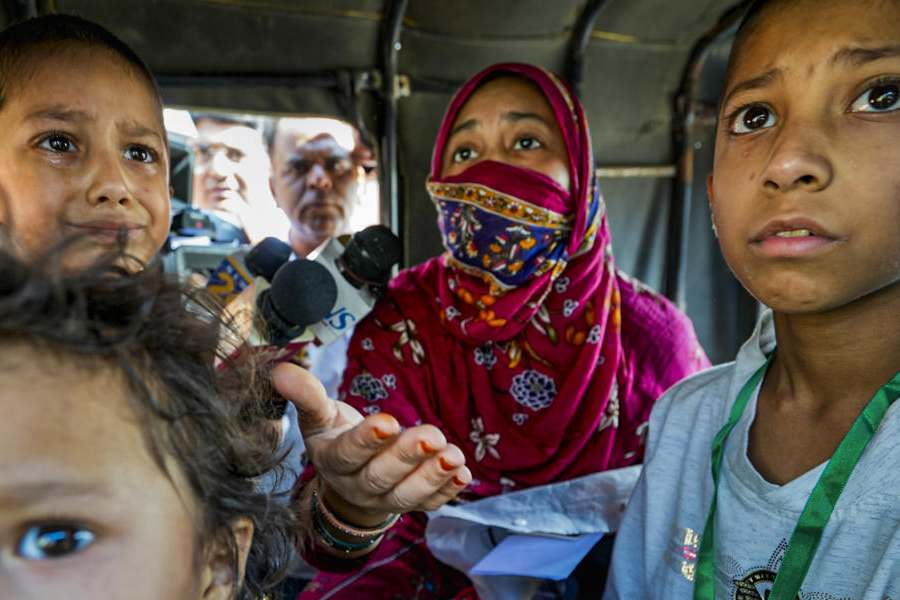
Paradip, May 18: A female cobra is protective of her eggs - not the hatchlings.
"A female cobra usually lays anything between 40 to 50 eggs and remains with those through the entire period of incubation, which is roughly about 60 to 85 days. On one hand, it is very protective of the eggs, but on the other, it will leave the nest when the eggs are about to be hatched, leaving hatchlings to fend for themselves. It's difficult to decide if the snake does this because it is what cobras do or because at the end of the day a cobra is a cannibal - it eats other snakes," said forest range officer of the Bhitarkanika national park Akshaya Kumar Nayak.
Venomous snakes, including king cobras and pythons, have begun laying eggs along the marshy wetland mangrove cover in the national park, marking the commencement of the reptiles' nesting season.
To ensure a hassle-free breeding and nesting season of the reptiles, authorities of the national park have taken a few precautionary measures. The forest department is organising awareness camps among the villagers within the park and its nearby areas to protect wildlife. "We convinced the villagers not to kill snakes. They need to be protected and conserved. Last year during the nesting season, we rescued 16 pythons with eggs from cowsheds and houses of many villagers."
"Many snakes laid eggs at nearby villages. Therefore, we convinced villagers not to kill any snake or destroy eggs. After two months, hatchlings would emerge from the eggs. Each year, feral dogs, wild boars, jackals water-monitors and fishing cats devour many eggs of the snakes. Snakes guard the eggs near the nests and those who step into their territory during breeding times end up with snake bites."
The entry of visitors to the forest is banned from May to July because it's the time when snakes and crocodiles mate and breed.
"The mangrove forest area is an ideal habitat for lizards. Snakes prefer the dense forest and mud-walled houses in the forest and nearby areas to lay eggs," said forest range officer of the Bhitarkanika national park Akshaya Kumar Nayak.
"It is not possible for the forest officials to count the nests of all the snakes. Bhitarkanika is home to around 3,000 king cobras, and all the female cobras lay eggs in their nests. We have already spotted nests of around 20 king cobras and 10 pythons in the forest. The mangrove forests in Bhitarkanika provide an abode for the poisonous king cobra. This is one of the few such habitats in the country where a good population of king cobras are found. Around 300 pythons also laid eggs in the forest recently. During the hatching period, the mother python does not take food and keeps on guarding. Snakes also guard their nests and eggs zealously," said the forest official.
Snakes of the Bhitarakanika include king cobra, banded krait, common krait, bamboo snake and blue krait. The forest officer said that the forest is also home to non-poisonous ones such as the Indian rock python, rat snake, water snake, common worm snake, blind snake, red sand boa, black earth boa, common green whip, vine snake, painted bronze-back, common Indian bronze-back and tree snake.










